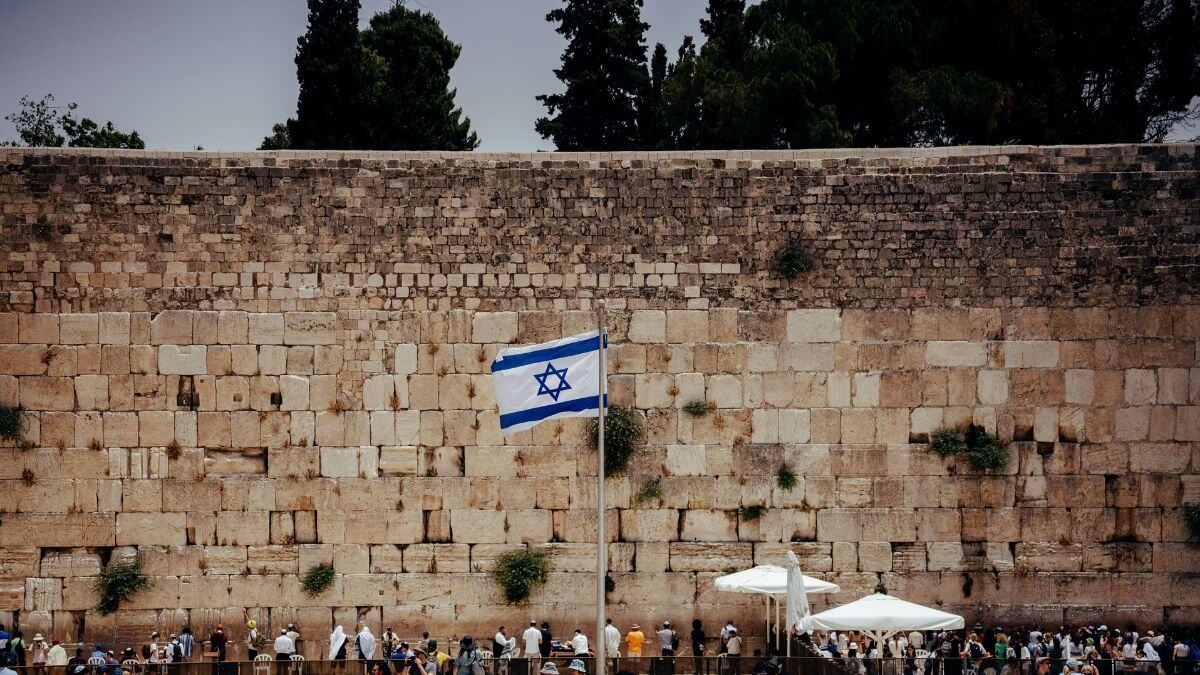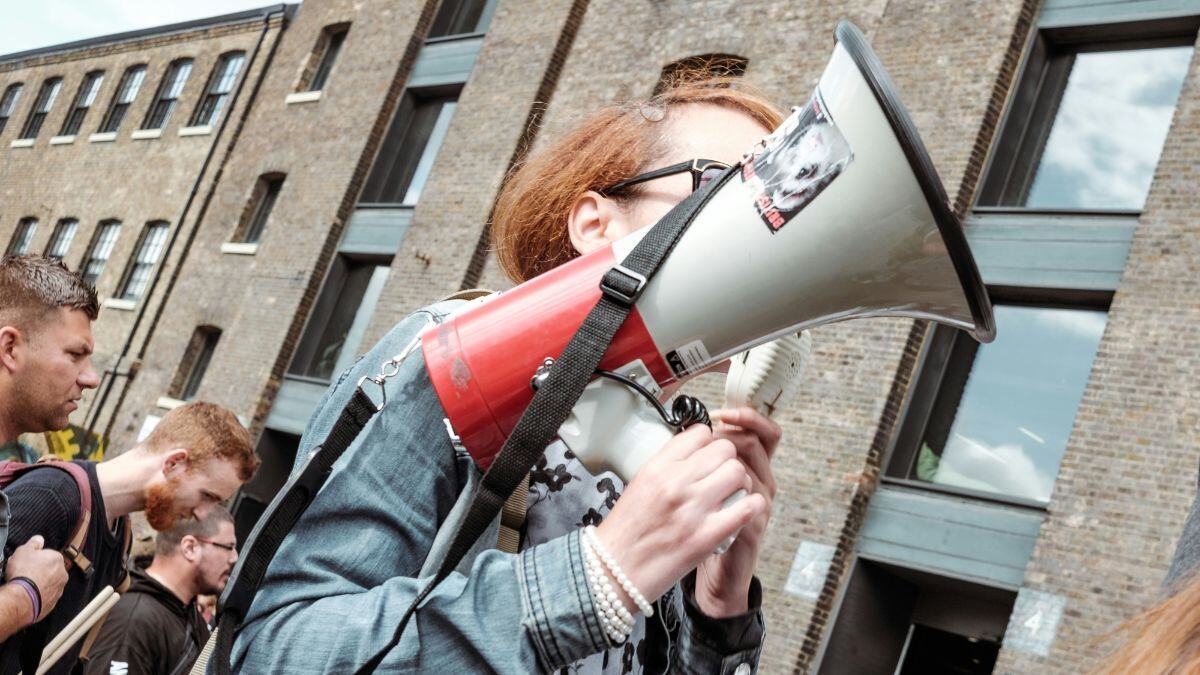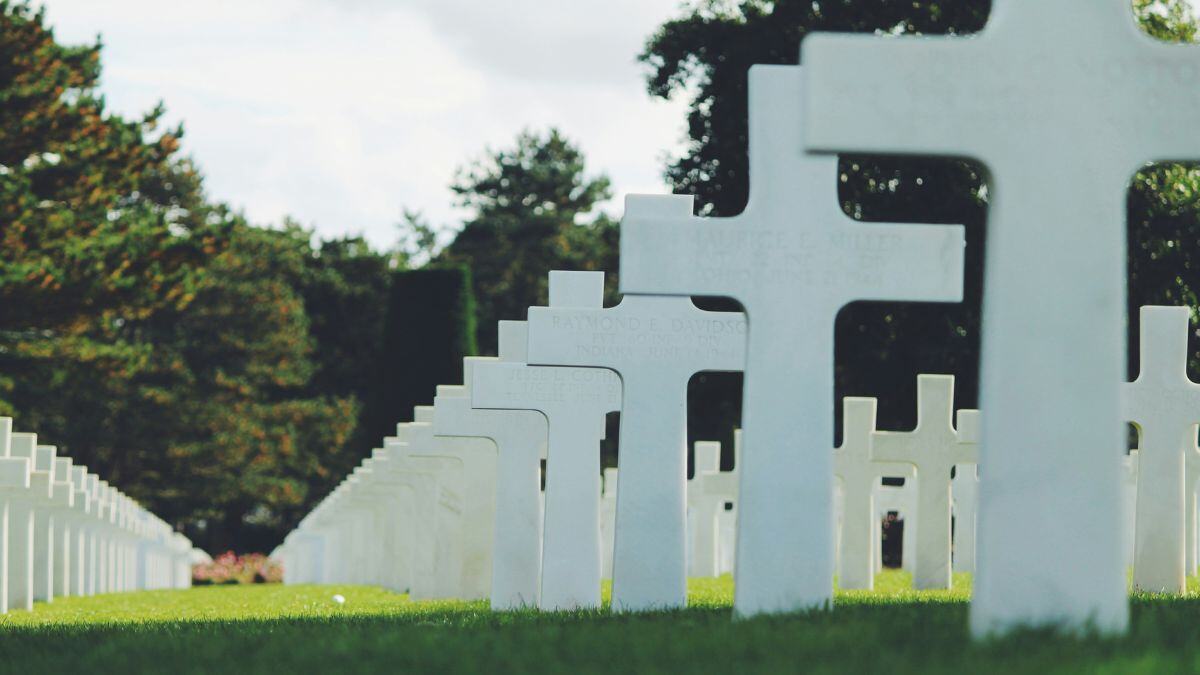The Horrific Attacks of October 7, A Year Later
Authors: John Stonestreet | Dr. Timothy Padgett
.jpg)
Author: John Stonestreet
Two years ago, on October 7, 2023, thousands of Hamas terrorists entered Israel and attacked civilians, killing nearly 1,200 Jews. It was the largest massacre of Jewish people since the Holocaust. In what seemed like a throwback to some distant, barbaric past of human history, the Islamic terror group targeted civilians with horrific violence, including beheading children, sexually assaulting women, and kidnapping the elderly. Among those killed were soldiers and civilians, men and women, children and adults. Of the 250 hostages taken that day, officials estimate at least 83 have been killed and at least 48 remain captive.
In the two years since the attack, Hamas has been largely devastated by Israel. Much of the Gaza Strip has been reduced to rubble and its population displaced. Many noncombatants have been killed in the crossfire, though it’s impossible to know how many. Hamas is notorious for exaggerating civilian losses, and Western news agencies are quick to report whatever numbers they claim. Despite Israel’s well-known precision, thousands are dead and millions are suffering. The world is weary of this war and hopeful for the peace talks being conducted this week in Egypt. The “key components” of President Trump’s plan for peace in the region, which has been accepted by Israel and a large number of Arab states, include the release of all living and dead hostages in Gaza, a requirement for Hamas to lay down its arms, a withdrawal of Israeli troops from the territory, the delivery of humanitarian aid and the installation of a civilian governing authority for Palestinians. The proposal came with an ultimatum. To walk away from this deal means, the president said, “complete obliteration” for Hamas.
Clearly, the Israelis are intent on putting an end to the threats they face from all sides. To summarize all that has happened in the region over the past two years would be impossible—from an amazingly coordinated pager attack, which incapacitated hundreds of Hezbollah operatives in Lebanon, to a series of “decapitation strikes” that wiped out the leadership of that Iran-backed terrorist group, to a massive Israeli retaliation against Iran for its largely ineffective missile attack.
Still, even Israeli citizens are ready for the war to end. According to a poll conducted last week, 66% believe “the time has come to stop fighting,” up from 53% a year ago. Even if the current proposal holds and peace is achieved, which we can all hope for, scrutiny over Israel’s conduct in waging war and securing Gaza will certainly continue. And it should. How history scrutinizes this matters. It’s clear that Critical Theory has been insufficient and morally bankrupt for this analysis, both as an academic theory and as a cultural mood. The ideas of intersectionality, privilege, and liberation do not accurately describe, much less address, the human condition. Despite all its talk of justice and oppression, Critical Theory has failed to make sense of one of the grossest injustices in human history.
After all, on this dark day two years ago, a religiously intolerant, misogynistic, anti-science, anti-democratic, and violently anti-LGBTQ group massacred men, women, and children. And yet, many progressive activists champion this group according to some crooked intersectional hierarchy of virtues. A moral framework that decides if mass murder is wrong by who is doing the murdering is no moral framework at all.
Some may think that notions of human wickedness are outdated, or that humanity has “evolved” beyond such categories, but the brutality of the October 7 attacks and the death, destruction, starvations, displacement, hatred, and killings since suggest otherwise. Like the similarly shocking events of 9/11, there is no way to square what happened on October 7 and since with the simplistic moral notions of Critical Theory. As French intellectual Bernard-Henri Lévy wrote:
All the strategies of avoidance and containment, all the tricks of conscience, all the conjuring rhetoric that we had been deploying for twenty, fifty, eighty years or more—all of it was pulverized by the Event. Evil was there. Pure evil, plain- faced, gratuitous, senseless. Evil for nothing and for no reason; evil raw and unadorned.
Western societies may have long ago abandoned the Christian vision of the human condition, but horrors like this should lead us to reconsider. Only the Genesis account of the creation of the world grounds the dignity of all people, as well as the moral framework necessary for holding peoples and nations responsible for their actions. Only the biblical description of sin and wickedness can sufficiently explain the moral guilt and the potential for evil we’ve seen on display. Only the Christian story proclaims, with good reason, that evil will not have the last word. Abraham, the father of the Jewish people, once proclaimed, there is a judge of all the earth, and He will do what is right.
Because of Christ, we can appeal to heaven that God will do what is right in this awful situation as well. In fact, if like me you struggle for what to pray about this situation, Jesus gave us the words we need: “Our Father, who art in heaven, hallowed be Thy name. Thy kingdom come, Thy will be done, on earth as it is in heaven.”

Authors: John Stonestreet | Dr. Timothy Padgett

Authors: John Stonestreet | Shane Morris Many college and university campuses across the nation descended into petulant anarchy last week as students...

Authors: John Stonestreet | Dr. Timothy D. Padgett According to reports, the Russia-Ukraine war recently entered a new phase. When the Ukrainian army...